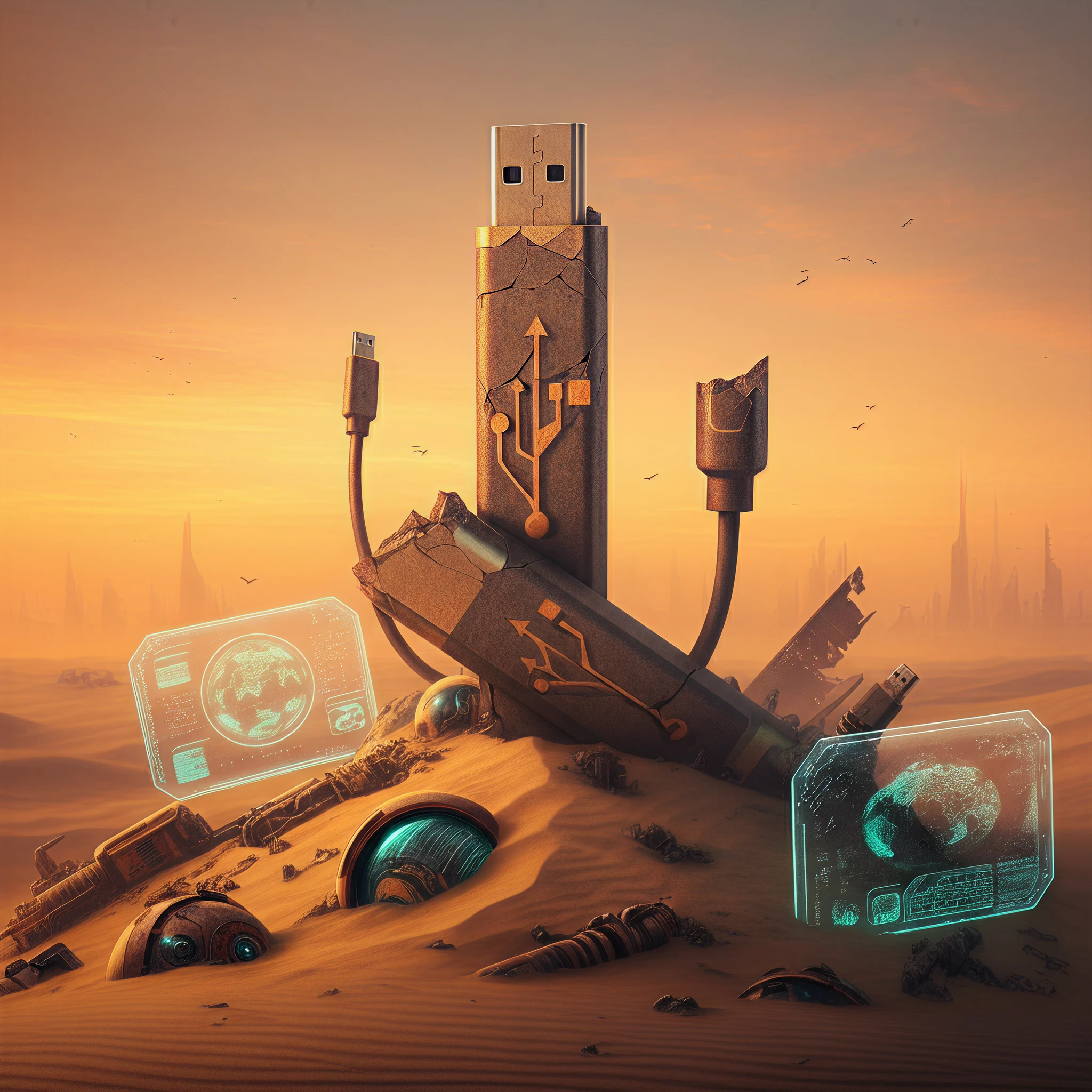The universal connector we all envisioned, one cable to rule them all—that was the promise of USB-C. A powerful, reversible port that could seamlessly handle power delivery, data transfer, video output, and more, across nearly every device. Fast forward a decade, and while USB-C has become the standard port found on phones, laptops, headphones, and even Apple’s newest devices, the reality of its use is far from the idealized goal. Instead, USB-C has become a byword for confusion, inconsistency, and unfulfilled potential.
The Promise of USB-C
When USB-C was introduced, it came with significant promises:
- Universal Compatibility: Whether you were charging your laptop, transferring files from your smartphone, or connecting a display, one cable was supposed to handle it all.
- Faster Speeds: USB-C supported high data transfer rates through standards like USB 3.2 and Thunderbolt, promising speeds up to 40Gbps.
- Simplified Charging: With USB Power Delivery (USB PD), the port could handle fast-charging smartphones and even power-hungry laptops.
- Eco-Friendly Solution: By standardizing ports, USB-C was meant to cut down on the clutter of cables and reduce electronic waste.
But while the port itself delivered on its technical potential, its implementation across devices has created more problems than it solved.
How USB-C Became Its Own Worst Enemy
Fragmentation of Standards
Instead of uniting devices under a single standard, USB-C introduced a dizzying array of features and specifications. Ports labeled “USB-C” can range from legacy USB 2.0 speeds (480Mbps), to USB 3.2 speeds (up to 20Gbps), to full Thunderbolt standards (40Gbps). Some devices support video output through DisplayPort, while others don’t. Confused yet?
USB Regulatory groups failed to enforce clear-cut minimum requirements. Instead, manufacturers were free to implement only the features they wanted. This has led to a fragmented ecosystem where USB-C doesn’t guarantee consistent capabilities, leaving users guessing about what their cable or device can actually do.
Varying Implementations
USB-C supports an incredible range of features, but only if both the cable and the device fully implement these capabilities. For instance:
- Some smartphones support USB PD Programmable Power Supply (PPS) for enhanced fast-charging, while others stick to basic USB PD.
- Many laptops include USB-C ports, but not all enable Thunderbolt or high-speed data transfers.
- Even cables labeled as “USB-C” may lack the capacity for high-speed data or video output.
The result? A laptop USB-C port might deliver 100W of power or 15W. Your smartphone may charge at 18W or just 5W. Without careful research, it’s nearly impossible to tell what works with what.
Consumer Confusion
All this fragmentation has created a nightmare for consumers. Picking the right cable or charger involves deciphering technical labels buried in fine print, like Power Delivery 3.0, DisplayPort Alt Mode, or even Gen 3×2 standards. Many users don’t even realize that their “USB-C” cable may not support basic features like fast charging or high-speed data transfer.
Ironically, instead of simplifying connectivity, USB-C has created a new layer of complexity. You’re left hoarding multiple cables and chargers “just in case” one doesn’t match your devices.
The Eco-Friendly Myth
Perhaps the most disappointing failure of USB-C is its inability to fully address electronic waste. While the shape of the port is universal, the fragmented standards mean users still need a mix of cables and chargers to power all their devices. Add to that the constant upgrades to newer, “better” USB-C cables, and the result is far from the eco-friendly future we were promised.
The Hard Truth
USB-C hasn’t just fallen short of its dream; it has actively undermined its core purpose. Instead of delivering simplicity and universality, it has introduced layers of confusion and inconsistency. From laptops to smartphones, users are stuck in a web of compatibility issues, constantly second-guessing whether their devices will work together.
Even the introduction of USB4 in 2019, which aimed to streamline features and improve compatibility, has struggled to simplify the mess. USB4 devices come with their own sub-specifications and optional features, further muddying the waters.
Is There Hope for USB-C?
Despite its flaws, USB-C is here to stay. With regulatory bodies like the EU mandating USB-C ports on new smartphones, tablets, and laptops, the port has become ubiquitous, for better or worse. These regulations may push manufacturers toward clearer marketing and slightly more consistent standards, but they won’t solve every issue.
The only real solution to the USB-C mess would involve tighter enforcement of standards across the board:
- A clear labeling system that specifies power delivery, data speeds, and capabilities.
- Minimum feature requirements for devices using USB-C ports.
- Industry-wide collaboration to ensure better consumer education.
Without these changes, USB-C will remain a frustrating missed opportunity rather than the revolutionary connector it was designed to be.
The Future of Connectivity
The demise of the USB-C dream raises broader questions about the future of connectivity. Will manufacturers double down on enhancing USB-C, or will new innovations render it obsolete? Could technologies like wireless charging or proprietary advancements like Apple’s MagSafe become the next standard? Whatever the outcome, one thing is clear: bridging the gap between promise and reality is harder than it seems.
Still, despite all its flaws, USB-C remains a milestone in connectivity. It may not have simplified everything as promised, but it has set the stage for what’s possible. Now the challenge is ensuring its successors learn from its mistakes.








